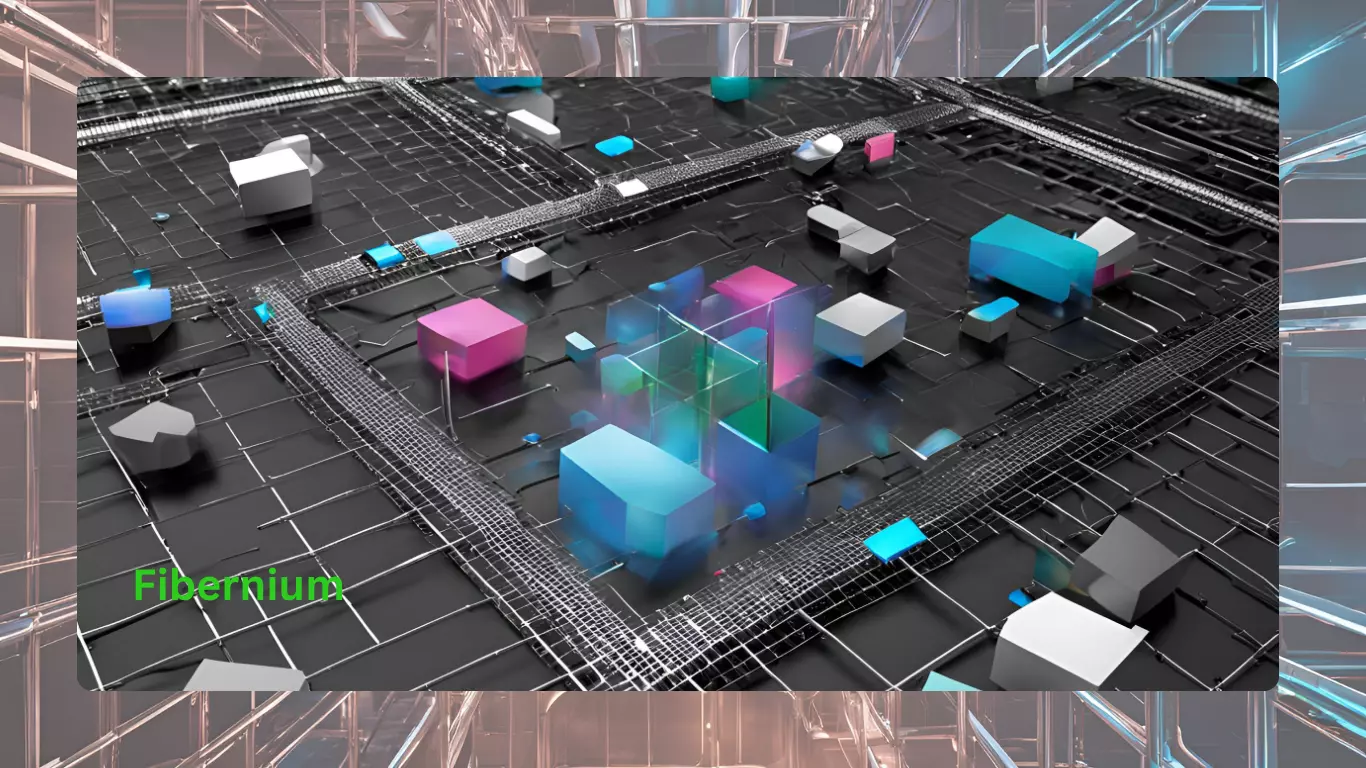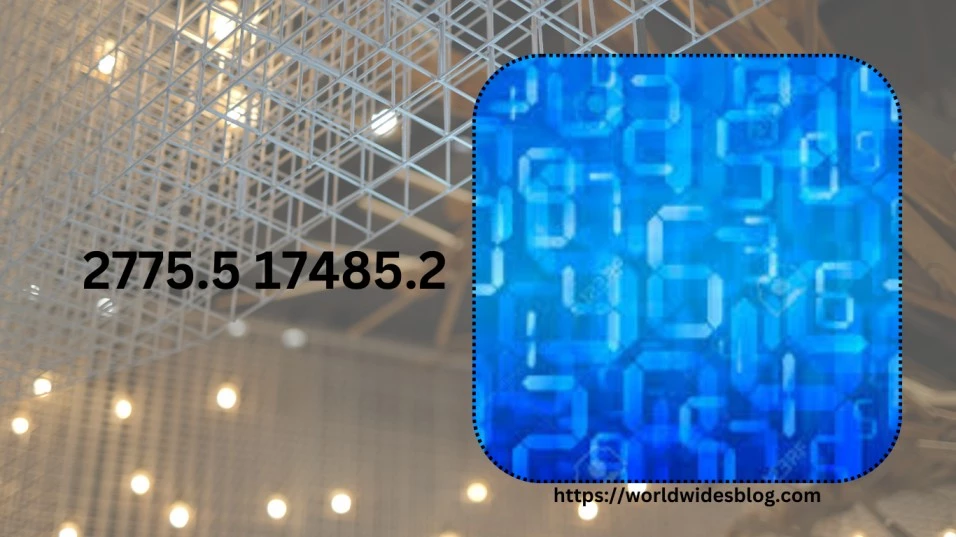Fibernium is an advanced composite material known for its exceptional strength, lightweight nature, and resistance to corrosion and extreme temperatures.
Developed through innovative materials science, Fibernium is rapidly gaining popularity across the aerospace, automotive, and construction industries.
Its unique properties enhance performance and durability and reduce environmental impact, contributing to sustainability efforts. As industries seek more efficient and eco-friendly solutions, Fibernium is emerging as a revolutionary material with vast potential applications.
What is Fibernium?
Fibernium is a cutting-edge material with exceptional properties that has been making waves across various industries. Known for its strength, durability, and lightweight nature, Fibernium is poised to revolutionize manufacturing, construction, and more. But what exactly is this wonder material, and why is it gaining so much attention?
Origin and Development of Fibernium
The creation of Fibernium shows how intelligent people can be and how hard they work to invent new things. Originating from advanced research in composite materials, Fibernium combines the best qualities of several materials to create something truly unique. It was created because the aerospace, automotive, and construction industries needed stronger, lighter, and more durable materials.
The Unique Properties of Fibernium
High Strength-to-Weight Ratio
One of the standout features of Fibernium is its high strength-to-weight ratio. It is strong but much lighter than traditional materials like steel and aluminum. This property makes Fibernium an ideal choice for applications where weight reduction is critical without compromising strength.
Durability and Resilience
Fibernium is not only strong but also incredibly durable. It can withstand extreme conditions, including high pressure, impact, and environmental stressors, making it a reliable choice for long-lasting applications. Whether in the harsh space environment or the daily wear and tear of automotive use, Fibernium holds up well.
Corrosion Resistance
Unlike metals that can rust or corrode over time, Fibernium is resistant to corrosion. This property extends the lifespan of products made from Fibernium and reduces maintenance costs, particularly in environments where exposure to moisture and chemicals is a concern.
Thermal Stability
Another critical advantage of Tiberium is its thermal stability. It can maintain its structural integrity and performance even under extreme temperatures, making it suitable for high-temperature applications such as aerospace and automotive industries.
Applications of Fibernium
Aerospace Industry
In the aerospace industry, where reducing weight is essential, Fibernium is a significant improvement. Its lightweight nature, strength, and durability make it perfect for aircraft components. Fibernium helps reduce weight and increase fuel efficiency, from fuselages to wing structures, contributing to more sustainable air travel.
Automotive Engineering
The automotive industry also benefits from Fibernium’s properties. Manufacturers are increasingly using it to produce lighter vehicles, which improves fuel efficiency and reduces emissions. Additionally, Fibernium’s durability enhances vehicle safety, providing better protection in collisions.
Construction and Infrastructure
In construction, Fibernium is being hailed as a revolutionary material. It offers an alternative to traditional building materials like concrete and steel, providing the same or better strength with less weight. This makes construction projects more efficient and sustainable and reduces the environmental impact.
Consumer Electronics
Fibernium is also making its way into consumer electronics. Its lightweight and durable nature makes it ideal for devices that need to be solid and portable. Fibernium is helping to create more resilient and longer-lasting electronics, from smartphones to laptops.
Fibernium in Aerospace
Role in Aircraft Manufacturing
Fibernium shines the brightest in aircraft manufacturing. Its high strength-to-weight ratio is invaluable in this industry, allowing for the construction of aircraft that are not only lighter but also more fuel-efficient and environmentally friendly.
Enhancing Space Exploration
Beyond aircraft, Fibernium is also crucial to space exploration. The material’s resilience in extreme conditions makes it ideal for spacecraft and satellites, which must endure the harsh environments of space. By reducing the weight of these craft, Vibernium allows for more efficient launches and extended missions.
Fibernium in Automotive Engineering
Lightweight Vehicles
Reducing weight is critical in the race to produce more fuel-efficient vehicles. Fibernium is helping automotive manufacturers achieve this goal by replacing heavier materials without sacrificing strength or safety. This leads to more efficient cars performing better on the road.
Safety Enhancements
Safety is a paramount concern in automotive design, and Fibernium’s durability contributes to safer vehicles. Its ability to absorb impact and resist deformation in collisions makes it an excellent material for critical safety components, such as crumple zones and roll cages.
Fibernium in Construction
Sustainable Building Materials
In an era where sustainability is a priority, Fibernium offers a greener alternative to traditional construction materials. Its production process is more environmentally friendly, and its use in buildings can reduce the overall carbon footprint of construction projects.
Long-Lasting Infrastructure
Buildings and infrastructure made with Fibernium are lighter and more durable, requiring less maintenance over time. This results in longer-lasting structures more resistant to wear and tear, weather conditions, and other environmental factors.
The Environmental Impact of Fibernium
Eco-Friendly Production Process
Fibernium production is designed to be more sustainable than traditional materials. It requires less energy and produces fewer emissions, making it a more eco-friendly choice. This is especially important as industries strive to reduce their environmental impact and move towards greener technologies.
Recyclability and Waste Reduction
Fibernium is also highly recyclable, which means that products made from this material can be repurposed at the end of their life cycle. This reduces waste and contributes to a more circular economy, where materials are reused and recycled rather than discarded.
Comparing Fibernium to Other Materials
Fibernium vs. Carbon Fiber
Fibernium and carbon fiber are advanced materials known for their strength and lightweight properties, but they have distinct differences.
- Strength and Durability: While both materials offer high strength-to-weight ratios, Fibernium generally provides superior durability and thermal stability, making it more resistant to wear and extreme conditions.
- Corrosion Resistance: Vibernium is more corrosion-resistant than carbon fiber, which can degrade when exposed to certain environmental factors.
- Applications: Carbon fiber is widely used in industries like aerospace and sports equipment, but Fibernium’s additional properties make it suitable for even more demanding applications, including space exploration and sustainable construction.
Cost: Carbon fiber is well-established and can be more cost-effective for specific applications. However, Fibernium’s advanced properties may justify its higher price in contexts where performance and longevity are crucial.
While both materials are highly valued for their unique characteristics, Fibernium offers enhanced features that could make it the preferred choice in many emerging technologies.
Fibernium vs. Aluminum
When comparing Fibernium and aluminum, several vital differences highlight why Fibernium is becoming a popular choice in advanced applications:
- Strength-to-Weight Ratio: Fibernium offers a higher strength-to-weight ratio than aluminum. This means Fibernium provides greater strength while being lighter, which is particularly advantageous in industries where reducing weight is critical, such as aerospace and automotive engineering.
- Durability: Fibernium generally surpasses aluminum in durability. It is more resistant to impacts, wear, and environmental stressors, translating to longer-lasting performance in demanding conditions.
- Corrosion Resistance: Unlike aluminum, which can rust over time, Fibernium does not readily corrode. This makes it a better choice for applications exposed to harsh environments, including marine and chemical settings.
- Thermal Stability: Fibernium maintains its structural integrity better under extreme temperatures than aluminum. This thermal stability makes Fibernium suitable for high-heat applications like aerospace engines and high-performance automotive parts.
Cost: Aluminum is typically less expensive and more widely available than Fibernium. However, the long-term benefits of Fibernium’s superior performance and durability can offset its higher initial cost in applications where these attributes are critical.
In summary, while aluminum is a versatile and cost-effective material, Fibernium’s enhanced properties offer significant advantages in strength, durability, and resistance, making it ideal for high-performance and demanding applications.
Fibernium vs. Steel
When comparing Fibernium and steel, several vital factors illustrate why Fibernium might be preferred in specific applications:
- Strength-to-Weight Ratio: Fibernium is more robust and lighter than steel. It provides comparable or greater strength while being significantly lighter, which is advantageous in industries where weight reduction is crucial, such as aerospace and automotive.
- Durability: Fibernium generally offers more excellent durability than steel. It is more resistant to impacts, abrasion, and environmental stressors, leading to longer-lasting performance in demanding applications.
- Corrosion Resistance: Unlike steel, which can rust and corrode over time, Vibernium is highly corrosion-resistant. This makes it a better choice for environments where exposure to moisture, chemicals, or extreme temperatures is expected.
- Thermal Stability: Fibernium maintains its structural integrity better under extreme temperatures than steel. Its ability to handle high temperatures makes Fibernium a good choice for parts used in airplanes and fast cars.
Cost: Steel is typically less expensive and more widely available than Fibernium. However, the initial higher cost of Fibernium can be justified by its long-term benefits, including reduced maintenance and longer product lifespan in critical applications.
In summary, while steel remains a widely used and cost-effective material, Fibernium offers significant advantages in weight reduction, durability, corrosion resistance, and thermal stability, making it an ideal choice for specialized and high-performance applications.
Innovations and Future Prospects of Fibernium
Emerging Technologies
Fibernium is at the forefront of many emerging technologies. Researchers continually find new ways to enhance its properties and expand its applications. Fibernium is paving the way for the next generation of high-performance materials, from advanced composites to intelligent materials.
Future Applications
The future looks bright for Fibernium, with potential applications ranging from renewable energy systems to medical devices. Fibernium’s versatility will likely lead to its use in more industries and products as technology advances.
Potential Market Growth
Given its unique properties and wide range of applications, the market for Fibernium is expected to grow significantly in the coming years. Industries increasingly recognize this material’s benefits, leading to more investment in research and production.
Challenges in the Adoption of Fibernium
Cost Considerations
Despite its many advantages, Fibernium has its challenges. One of the main reasons it’s not used everywhere is because it’s expensive. As a relatively new material, Fibernium is more costly to produce than traditional materials. However, costs are expected to decrease as production processes improve and economies of scale are achieved.
Manufacturing Challenges
Another challenge is the manufacturing process. Producing Fibernium requires specialized equipment and expertise, which can limit its accessibility to some companies. Ongoing research and development are focused on simplifying the manufacturing process to make Vibernium more widely available.
Case Studies of Fibernium in Use
Real-World Examples
Some companies are already using Fibernium in their products. For instance, aerospace manufacturers are using it to construct new aircraft models, while automotive companies are exploring its use in next-generation vehicles. These case studies provide valuable insights into the practical applications and benefits of Fibernium.
Fibernium and Sustainability
Contribution to Green Technology
Fibernium’s eco-friendly production and recyclability make it a key player in developing green technologies. It’s being used in everything from renewable energy systems to environmentally friendly transportation solutions, helping to drive the transition to a more sustainable future.
Reducing Carbon Footprint
By replacing heavier, less efficient materials, Fibernium can help reduce the carbon footprint of various industries. This is particularly important in sectors like aerospace and automotive, where reducing emissions is a top priority.
Expert Opinions on Fibernium
Industry Insights
Experts in the materials science field have praised Fibernium for its innovative properties and potential. It represents a significant step forward in material technology, with the ability to transform how we approach design and manufacturing.
Academic Perspectives
Academics are also taking notice of Fibernium, with numerous studies being conducted to explore its properties and potential applications. This research is helping to validate Fibernium’s capabilities and identify new ways to leverage its strengths.
The Future of Fibernium
Predictions and Trends
Looking ahead, Fibernium’s future is full of promise. As industries continue seeking materials that offer better performance and sustainability, Fibernium is well-positioned to become a staple in many sectors. Trends suggest that its use will only grow, with more companies and industries adopting it.
Long-Term Impact on Industries
The long-term impact of Fibernium on industries cannot be overstated. Its unique combination of strength, durability, and sustainability is set to reshape how we think about materials and their role in our world. As more industries adopt Fibernium, its influence will only continue to expand.
Conclusion
Fibernium is more than just a new material; it’s a revolution in how we approach design and manufacturing. With its exceptional properties and wide range of applications, Vibernium is poised to become a key player in the future of materials science. Whether in aerospace, automotive, construction, or beyond, Fibernium offers a glimpse into a future where materials are solid, durable, sustainable, and efficient. As we continue to explore its potential, the possibilities for Fibernium seem endless.
FAQs
What is Fibernium?
- Fibernium is a strong and lightweight material. It is also durable and doesn’t rust easily. Many industries, such as aerospace, automotive, and construction, use Tiberium.
How is Fibernium made?
- Fibernium is created through a specialized manufacturing process that combines various materials to enhance its properties. This process allows Fibernium to offer superior performance compared to traditional materials.
Where is Fibernium commonly used?
- Fibernium is commonly used in industries that require lightweight and durable materials, such as aerospace, automotive, construction, and consumer electronics.
What are the benefits of using Fibernium?
- Fibernium’s benefits include its high strength-to-weight ratio, durability, corrosion resistance, thermal stability, and environmental friendliness. It also contributes to reducing carbon footprints and promoting sustainability.
Is Fibernium environmentally friendly?
- Yes, Fibernium is environmentally friendly. Its production process is more sustainable than that of traditional materials, and it is highly recyclable, reducing waste and supporting a circular economy.











